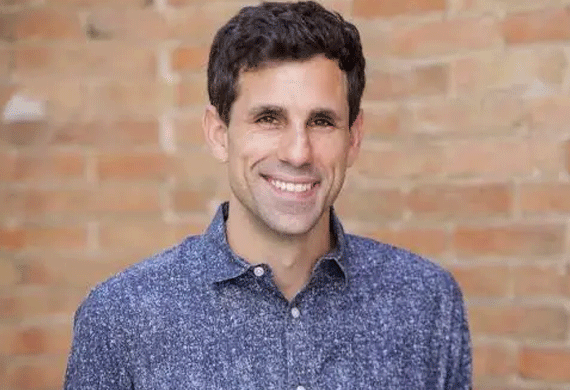Cesar De La Fuente: Transforming Antibiotic Discovery for a Resilient Future
By César De La Fuente

Innovation is not just about discovery it’s about ensuring science serves every community equally across the globe
César de la Fuente represents the vanguard of biotechnology innovation, wielding cutting-edge science to address one of humanity's most pressing health challenges: antibiotic resistance. He is a Presidential Associate Professor at the University of Pennsylvania and directs pioneering research in the intersection of synthetic biology, artificial intelligence, and antimicrobial discovery.
The laboratory of César de la Fuente has transformed the discovery of drugs to create computational platforms that have the power to discover novel antimicrobial compounds in unlikely sources such as extinct organisms and traditional medicine. The innovative work of his team is a machine learning algorithm with synthetic biology methods to speed up the discovery and design of new antibiotics- a decades-old process.
On top of his technical innovations, César de la Fuente has also proven himself to be a visionary head in world health equity. He mentors young scientists in underrepresented groups actively and promotes democratization of access to tools of biotechnology. His work is not limited to the laboratory, as he collaborates with institutions across the globe to make sure that his discoveries get to the community that is largely impacted by antibiotic-resistant infections.
His interdisciplinary work style has gained him worldwide acknowledgment with several fellowships and awards. The work by César de la Fuente is a good example of how young scientists can use the latest technologies to address both the more complicated issues affecting the world and enhance the creation of scientific communities that are inclusive. His original research techniques and dedication to global health equity are transforming the way we treat infectious diseases and are setting new paradigms in the field of collaborative scientific discovery in the 21st century.
